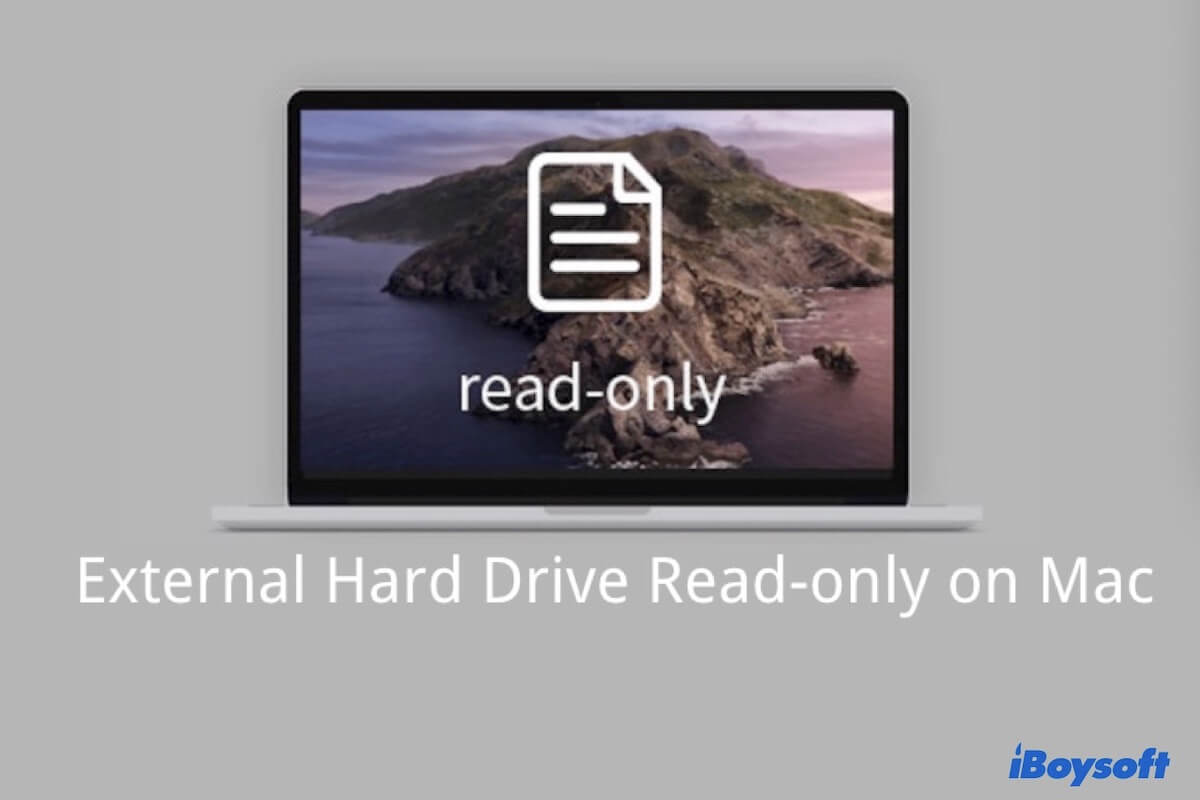

And we take the mission seriously. Unlike other software companies, our job doesn’t end when you purchase. Since 1996 we’ve built a reputation on being a rock solid cross-platform utility. Just as important as access your data is protecting it. And in the event that your Mac disks is having a problem, our robust repair feature can fix basic disk issues. From floppies to hard drives, MacDrive can handle almost any disk you toss at it. MacDrive also includes powerful features that enable you to create and partition Mac disks direct from your PC.

There is nothing to launch or learn, MacDrive makes Mac disks look and act just like any other disk on your PC. Once you plug in your Mac disk, behind the scenes MacDrive works to seamlessly enable Windows understand HFS+ disks and allow you to read and write to the disk. $ mount./dev/disk1s9 on /Volumes/Foo (local, journaled, nodev, nosuid).$ sudo umount /dev/disk1s9Password:$ sudo mount -t hfs /dev/disk1s9 /Volumes/Foo$You should now be able to use the drive as usual, with the permissions intact.Simple and easy to use, MacDrive is recognized as the leader for accessing Mac disks from Windows for almost 20 years. Look for the FireWire drive in the list, note its /dev/ device, and then unmount and remount it - you'll need to be an admin to do this. Once remounted, it will no longer ignore permissions, enabling you to correctly install packages onto the drive (thus fixing interrupted installs that broke the system, like mine) or do other things, like repair permissions. The solution is to unmount the drive and remount it manually from the Terminal. This enables any desktop user to access file on the drive, which is nice, but it will break a LOT of things if you try and install packages onto the external drive. If you decide to use the target disk mode route, here's a warning: sometimes, OS X will mount an external drive in a way that ignores UNIX permissions. The obvious fix was to re-apply the update so the system is in a consistent state, by using something like target disk mode or booting from a custom boot CD. The system refused to boot, dropping me at a Darwin login prompt instead of the graphical progress bar. A few days ago, I got a system-wide Spinning Beachball of Doom while installing the Mac OS X 10.3.9 Combo Updater, and was forced to restart.


 0 kommentar(er)
0 kommentar(er)
